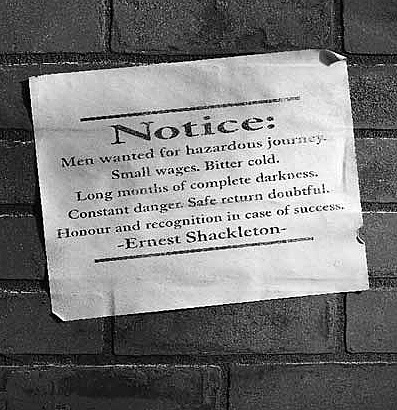When I arrived in the US of A in 2003 I got into coffee in a big way. It took me a while to get it right. When I moved to Seattle from CA I discovered Peets coffee. They don’t keep any beans in-store for longer than 10 days so it’s incredibly fresh. You’ll notice when you grind Peets beans, none of the ground coffee sticks to the grinder. Try the same with Starbucks beans and it’s a mess. I don’t know what that means, all I know is that there’s a correlation between that effect, fresh beans and great tasting coffee.
There’s another outfit (in case you thought this was a Peets viral marketing trick) called CoffeeFool.com. I spotted them on my Gmail ads the other day. They claim to have very fresh beans – I haven’t tried them yet.
So here’s my recipe.
Ingredients:
1 French Press
1 Pound Peet’s Sumatra whole beans (bought from a Peets outlet because they have very fresh beans)
1 high speed coffee grinder
3 Quarts filtered water
1 Thick ceramic coffee cup
Fresh heavy whipping cream
Sugar to taste
Method:
Boil the water in a stove top kettle.
Grind the beans while you wait – use a 10 second medium grind. I don’t measure my beans using a spoon – I simply cover the blades of the grinder. Don’t pour the ground beans into the french press yet.
Once the water has boiled, fill the coffee cup with boiling water and let it stand.
Fill the french press with boiling water WITHOUT the beans.
Let the french press stand for 10 seconds.
Empty the boiling water from the french press, pour the ground beans in from the grinder and fill with enough water for 1 cup.
Stir the ground beans into the water until completely covered with water.
Push the press down immediately because if you covered the blades of the grinder, that’s quite a lot of coffee for 1 person. You’ll get all the oils without any bitterness this way.
Throw out the boiling water in your ceramic cup, pour in 1/2 inch of heavy whipping cream and fill with coffee from the french press.
Add sugar to taste.
Enjoy!

